News Weekly: Nothing Phone 2a launch, Pixel March feature drop arrives, and more
A round-up of the biggest Google/Android-related news that stood out this week.
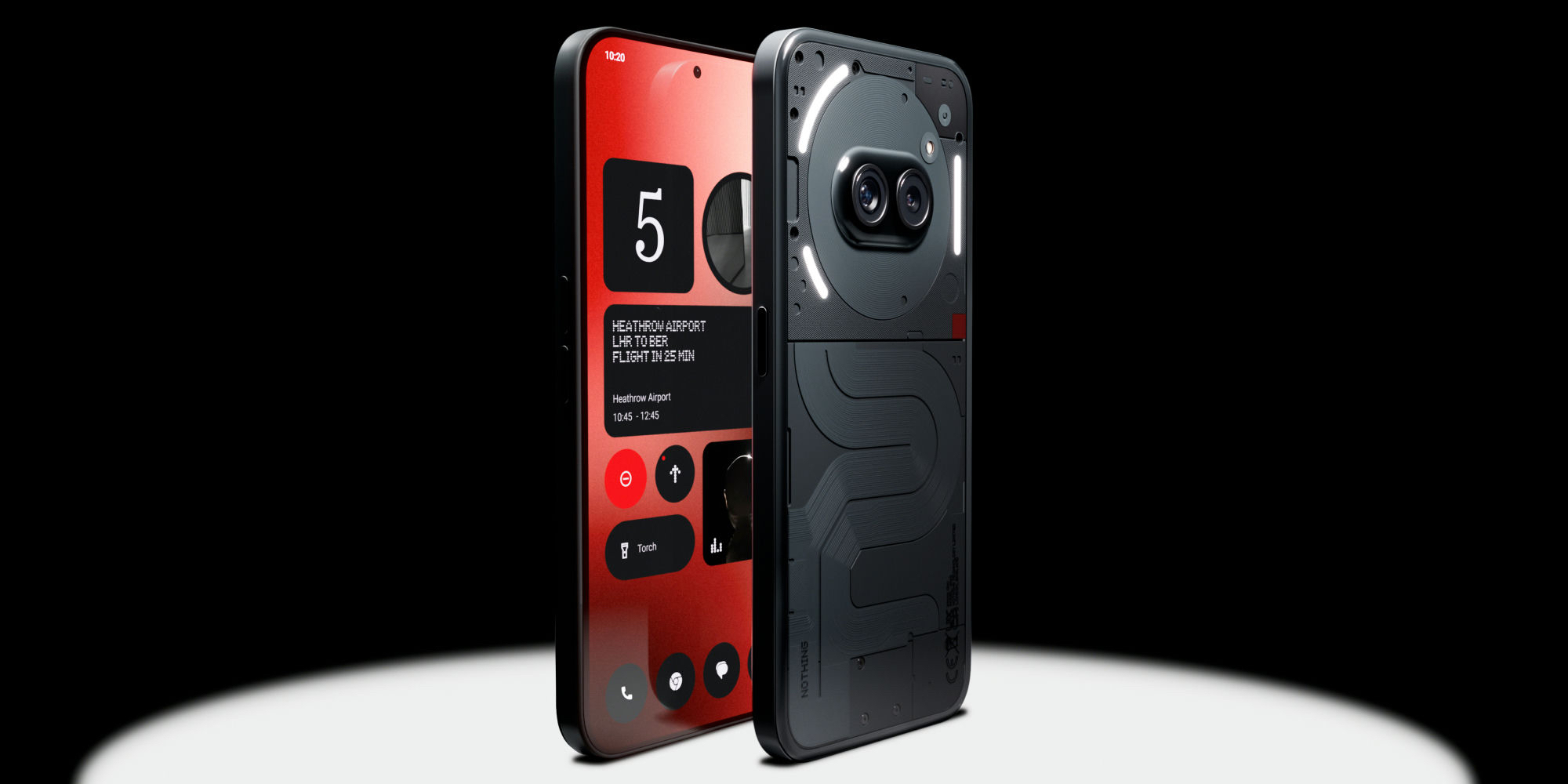

News Weekly is our column, where we highlight and summarize some of the week's top stories so you can catch up on the latest tech news.
This is Android Central's News Weekly, your go-to source for a concise roundup of the week's most significant tech stories. This is where we delve into the top headlines that provide the latest developments contributing to the digital landscape.
This week, Nothing Phone 2a launches, an employee from Google gets charged for stealing AI tech, Pixel drops its March update, Windows 11 gives up Android app support, and YouTube gets a version of the TikTok video editing tool.
Nothing Phone 2a arrives
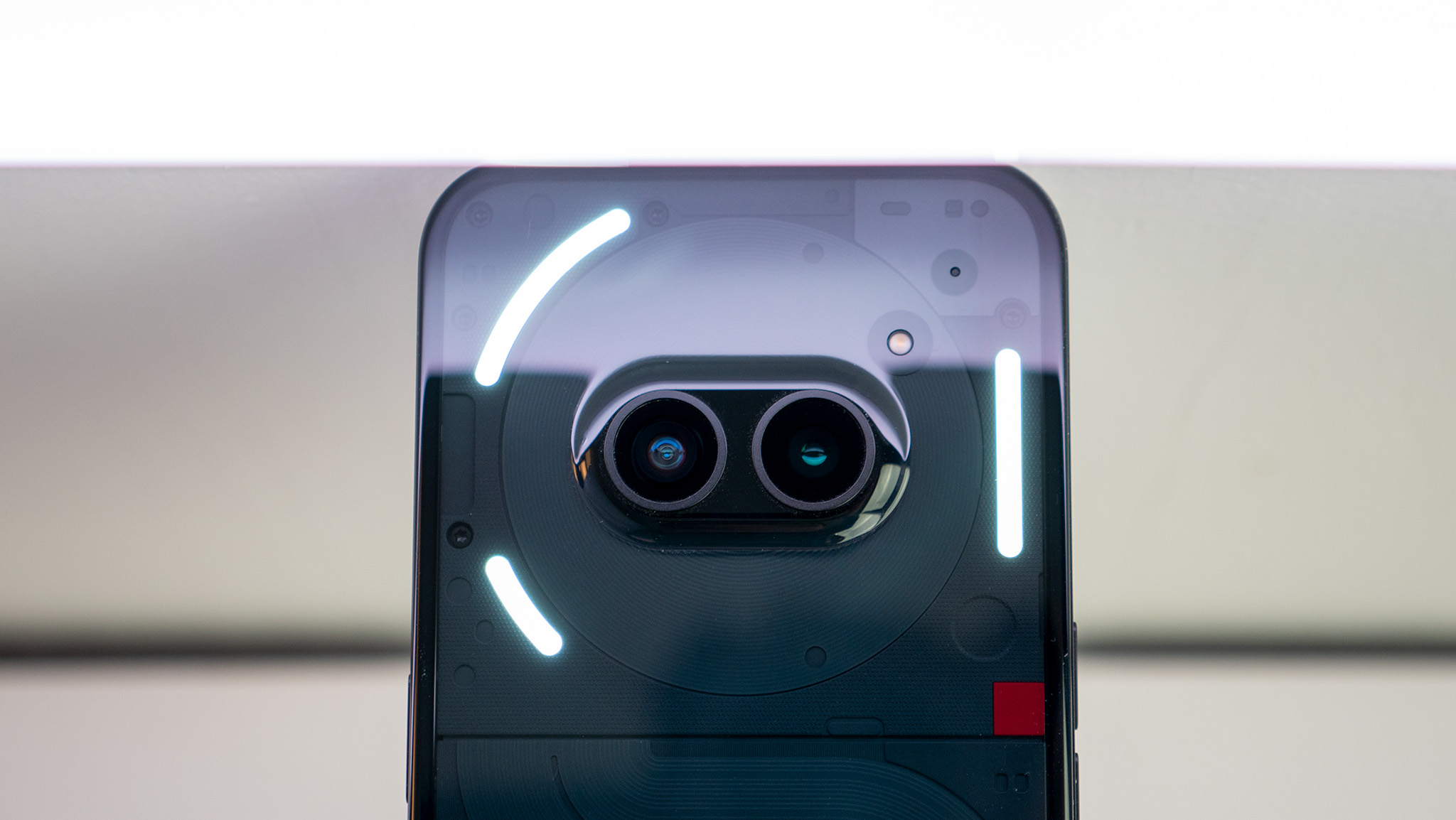
Read more here.
Earlier this week, Nothing finally dropped its new Phone 2a, seeking to be a budget Android phone. The phone comes with a MediaTek Dimensity 7200 Pro processor, a 120Hz AMOLED display, and a dual-camera system.
Nothing Phoen 2a is made of 100% recycled aluminum, tin, and copper. The company told Android Central that it utilized scrap material from its Nothing Ear 2 production to make this phone.
Phone 2a runs on Nothing OS 2.5, which is based on Android 14 and comes with three years of OS updates plus four years of security updates. Phone 2a's camera system has a rear 50MP Samsung GN9 main sensor with an f/1.88 aperture. There's also an ultrawide, 50MP Samsung JN1 sensor with a 114-degree field of view. The Phone 2a includes a 32MP Sony IMX615 sensor in the front.
While Nothing wants to make its phone globally available, people in the U.S. can only get their hands on this phone through the Nothing Developer Program for a $349 fee.
Be an expert in 5 minutes
Get the latest news from Android Central, your trusted companion in the world of Android
Ex-Google employee gets charged for AI theft
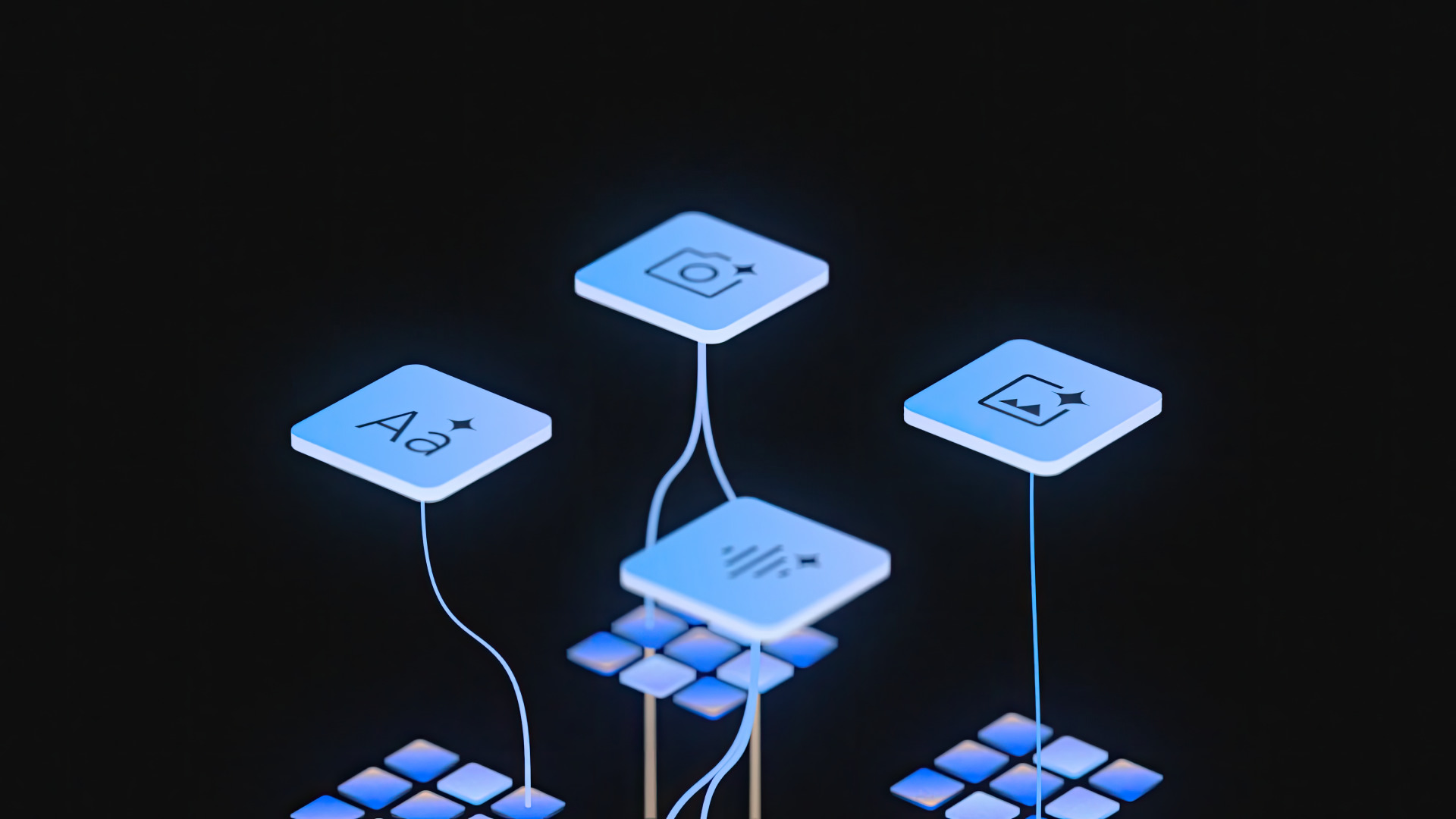
Read more here.
An ex-Google employee was charged on Wednesday (Mar. 6) with stealing Google's Artificial Intelligence technology and secretly working with two Chinese companies.
The report stated that 38-year-old Linwei Ding is a Chinese national who was arrested in Newark, California. Ding was hired by Google in 2019 and had responsibilities that included developing the software deployed in Google's supercomputing data centers. With access to this information, Ding allegedly began transferring sensitive Google trade secrets and other confidential information to his personal Google Cloud two years ago.
The U.S. Department of Justice stated, "Ding continued periodic uploads until May 2, 2023, by which time Ding uploaded more than 500 unique files containing confidential information."
Following the theft, Ding was offered a chief technology officer position at a startup AI company in China and participated in investor meetings for that company. The report also claims that Ding founded and served as chief executive of a China-based startup company set to train AI models powered by supercomputing chips.
He was charged with four counts of federal trade secret theft, and if convicted, Ding could face a maximum penalty of 10 years in prison and up to a $250,000 fine for each count.
Pixel's March feature drop
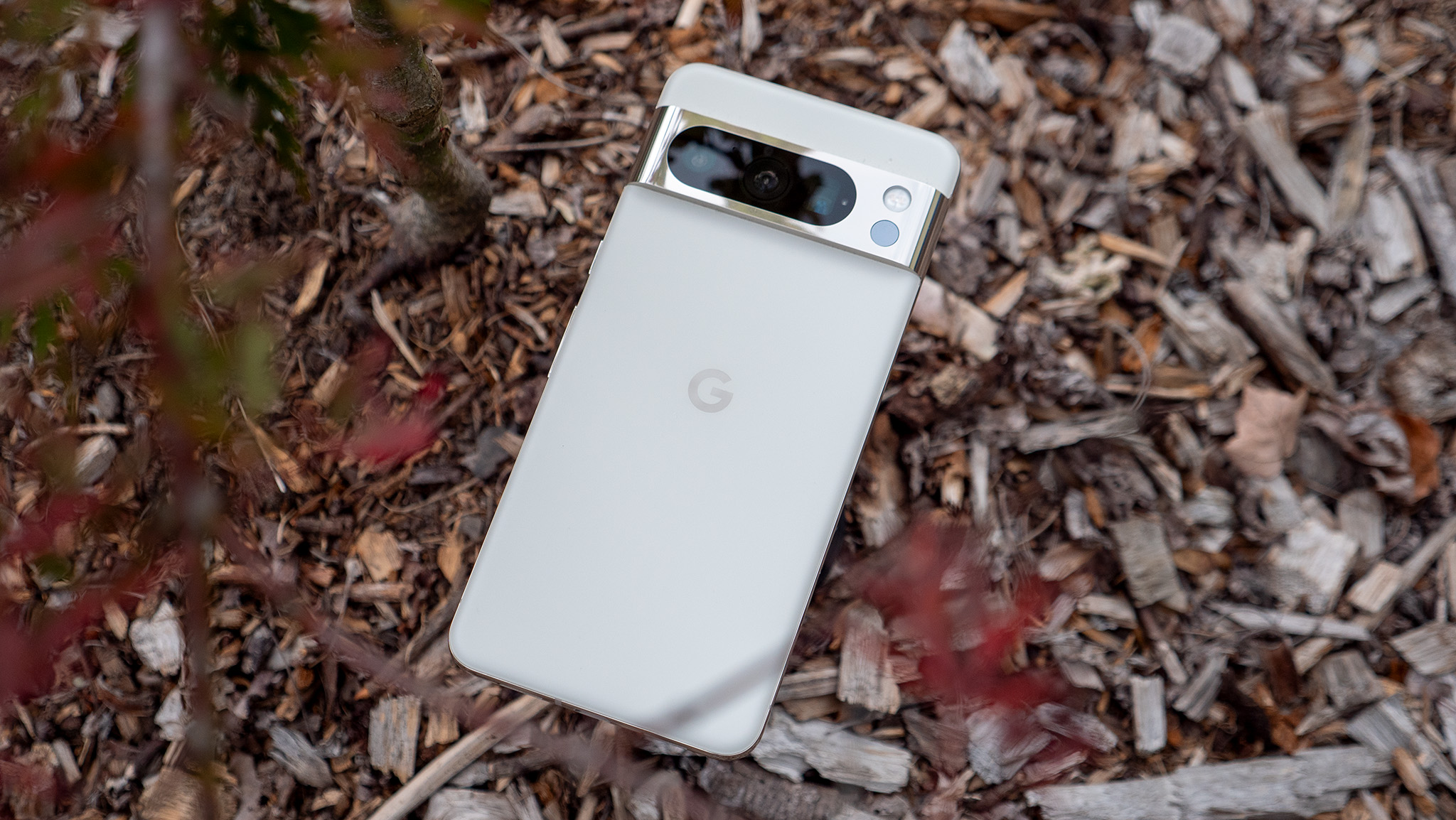
Read more here.
Google is back with another feature drop for Pixel Watch and Pixel phones this week. Users can now post 10-bit HDR videos directly on Instagram Reels and Ultra HDR pictures on the social media app. These features will be available through a feature drop for Pixel phones, including the Pixel 7 series, Pixel 8, Pixel 8 Pro, and Pixel Fold.
Pixel 6 series and above, including the Pixel Fold in the U.S., is getting an upgrade to Call Screen functionality. The new update introduces a "hello" chip, which users can tap while screening a call. It triggers Google Assistant, which "will then prompt the caller to speak, helping you understand why they’re trying to reach you."
Circle to Search is coming to the Pixel 7 series. Users can long-press the Pixel home button or navigation bar and circle the screen to learn about an image, text, or video on the screen—all without leaving the app.
Additionally, several other Pixel devices are getting the fast pair feature, casting feature, and the ability to convert handwritten annotations written by finger or through a stylus to a document format.
Microsoft lets go of Android
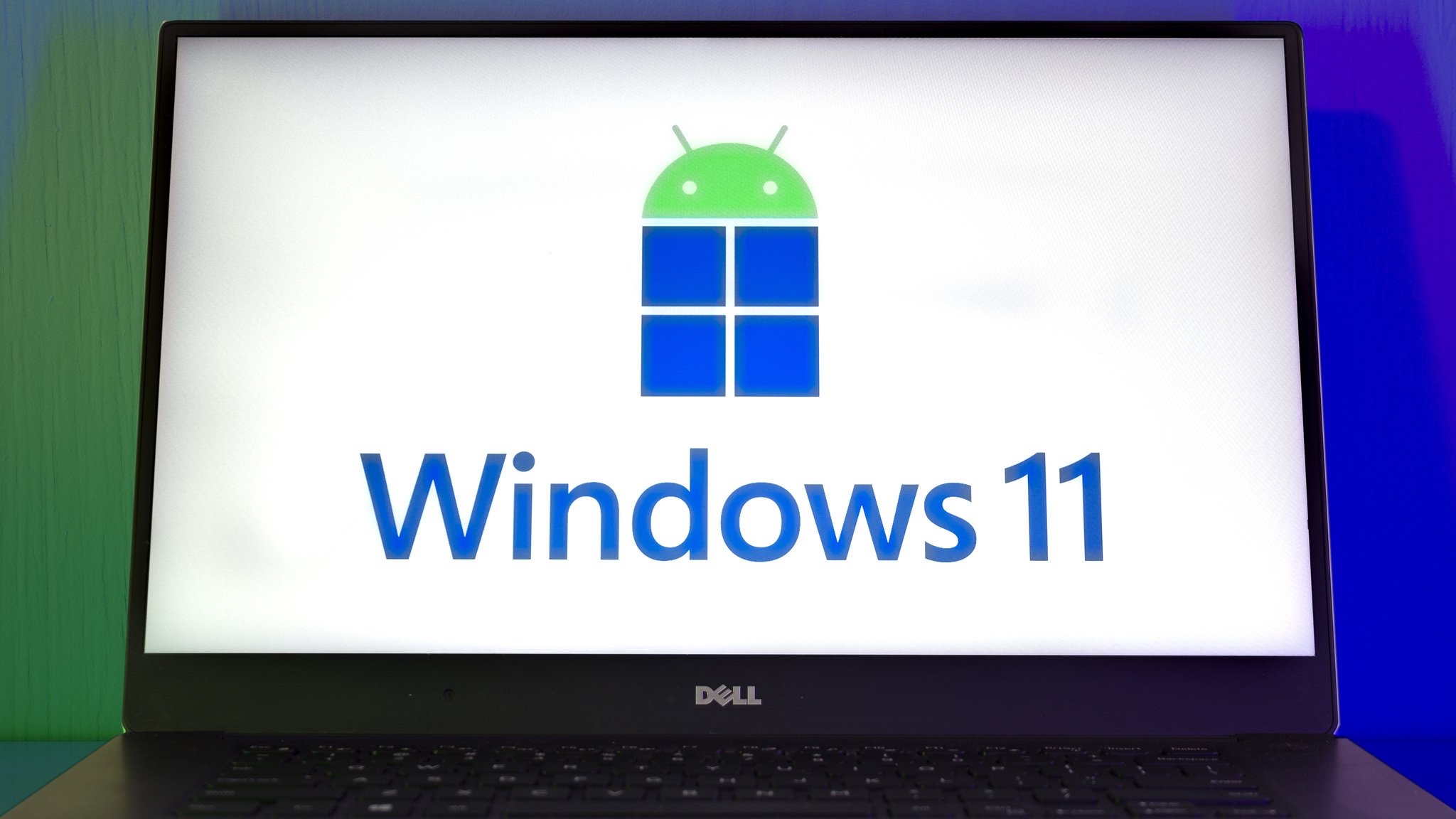
Read more here.
On Tuesday (Mar. 5), Microsoft announced that it will be getting rid of Android app support for Windows 11 through its Windows Subsystem for Android (WSA) in a year. So, users have until 2025 before the app support completely disappears.
Microsoft first brought native support for Android apps to Windows 11 back in 2021. The service enabled Windows PC users to discover popular Android apps via the Microsoft Store and download them via the Amazon Appstore. The company states that all apps and games that depend on its subsystem for Android apps will no longer work after the given date.
The company didn't immediately reveal a reason behind this cancellation. However, they said, "We are grateful for the support of our developer community and remain committed to listening to feedback as we evolve experiences."
Ultimately, it was revealed that the decision was fueled by, of course, revenue, as well as a lack of support from Google.
YouTube expands video editing feature
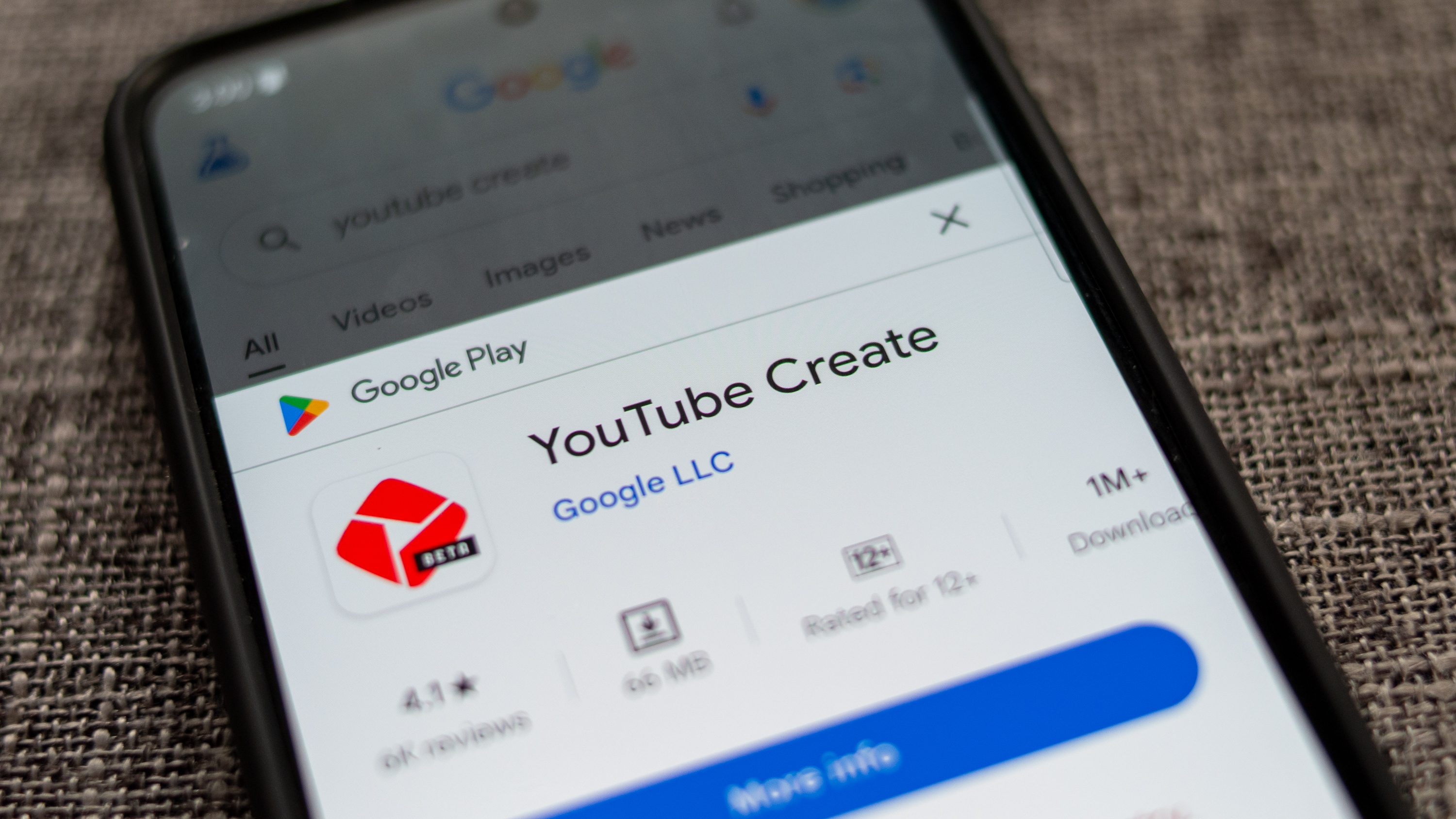
Read more here.
After launching the YouTube Create app last September, YouTube is now bringing its video-editing tool to additional markets. The streaming platform announced that YouTube Create has now expanded to 13 additional countries. The app, which was initially exclusive to eight countries, will now be available in Spain, Hong Kong, Brazil, Australia, and more.
YouTube Create is intended to give video creators a user-friendly toolbox for making videos on the go. The app looks a lot like CapCut, owned by TikTok-owner ByteDance. CapCut offers nifty built-in creative tools and cool AR and AI filters, and YouTube is trying something similar for its Shorts.
Creators can split and trim videos, experiment with effects, and select royalty-free music to blend in with the original audio of the video clips. The app also has another tool called Audio Cleanup, which works by toning down background and ambient noise, boosting the audio quality of smartphone-recorded clips.
With this new Creator app, YouTube wants to simplify an otherwise complicated video editing process.
Those are some of the biggest stories from this week. Meanwhile, here are some other stories that are worth catching up on:
- Google abandoned VR years ago, but now it wants to run things again
- Samsung set to bring vertical scrolling back to the app drawer in One UI 6.1.1
- The Galaxy S22 Ultra aged far more gracefully than the Pixel 6
- Apple plans to provide an easy way for its users to switch to Android
- The Pixel 9 could finally fix these long-time Pixel problems
- Meta working on generative AI model to power Reels and more, says head of Facebook
- WhatsApp beta update rolls out new sticker editor feature for Android
- Here's how WhatsApp and Messenger will become interoperable in the EU
- Apple Music won't work on rooted Android devices, following Google's footsteps
- Android 14 QPR3 Beta 2 is out now, but you really shouldn't sideload it

Nandika Ravi is an Editor for Android Central. Based in Toronto, after rocking the news scene as a Multimedia Reporter and Editor at Rogers Sports and Media, she now brings her expertise into the Tech ecosystem. When not breaking tech news, you can catch her sipping coffee at cozy cafes, exploring new trails with her boxer dog, or leveling up in the gaming universe.
You must confirm your public display name before commenting
Please logout and then login again, you will then be prompted to enter your display name.
